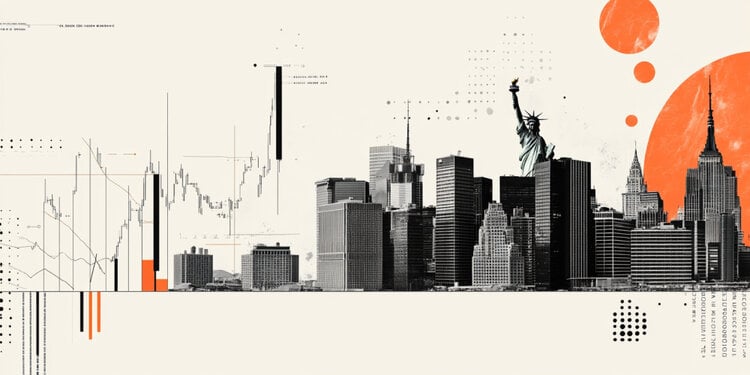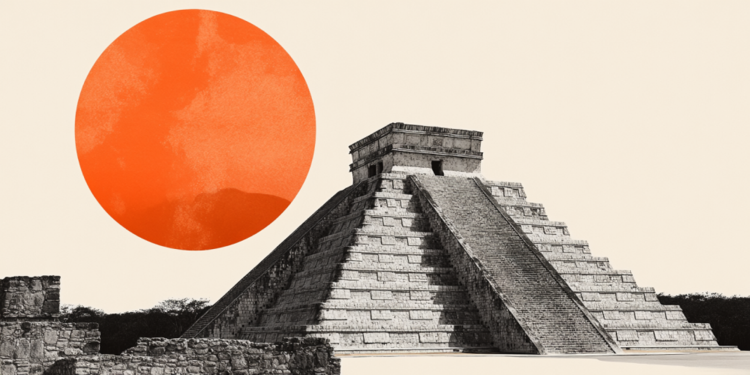The fires that destroyed “in the blink of an eye” entire neighborhoods in the state of Colorado, in the American West, were going to be extinguished yesterday, Friday, as there was snowfall in the last outbreaks.
At least 500 homes were charred and tens of thousands forced to flee their homes, but no deaths have been reported so far, according to Governor Jared Polis, who described the incident as a “miracle”.
The scale of the devastation is unbelievable: aerial photographs show entire squares being reduced to piles of smoking ashes. This fire, unlike previous ones, hit cities, not only rural and forest areas.
“The families had only a few minutes to put everything they could – their animals, their children – in the car and leave,” Jared Polis told a news conference yesterday.
Everything happened in a flash, as long as “a blink of an eye” lasts.
Impressive flames tore through the sky, intensified by strong gusts of wind, up to 160 kilometers per hour, on Thursday. The fire is believed to have been caused by power lines falling into dry vegetation.
The number of houses destroyed is not yet known. Boulder County Sheriff Joe Pelly estimated that there were more than 500 on Friday, adding that he would not be “surprised” if it turned out to be “over 1,000.”
The fire was spreading like a “mosaic”, avoiding some neighborhoods but destroying neighboring ones, he said.
“When you see the disaster, it is unbelievable that we do not have a list of 100 missing persons, but we do not,” the sheriff added.
During a telephone conversation with Governor Polis, President Joe Biden promised that “everything will be done to provide immediate assistance to those affected,” the White House said.
Snowfall
Yesterday Friday the ashes of these devastating fires were covered by the snow that fell, creating a striking contrast with the images of hell of the previous one.
The U.S. Meteorological Agency had issued an emergency warning for this mountainous western state, as it forecast a storm with heavy rain and snow in the coming days.
The snow “will really help us”, said Sheriff Peli, estimating that thanks to the snowfall the flames will not spread.
In part, evacuation orders came at night from local authorities. But in cities like Superior – 13,000 inhabitants – access is still restricted.
Patrick Kilbright, a 72-year-old Superior resident, was at work when he was notified of the evacuation order, according to the Denver Post. He rushed to his house but could not save anything other than his car and some clothes. His cat and dog were lost, they died because of the fire. “All that was left was ashes,” he said, referring to the house where he had lived for three decades.
Residents of Superior, as well as some 20,000 residents of Louisville, were ordered to boil tap water or drink from bottles, as cities used untreated water to deal with the fires.
Historical drought
As is the case in much of the western United States, Colorado, a state that already had a dry climate, has been plagued by drought for years, making the area highly vulnerable to wildfires.
With global warming, the intensity and frequency of droughts and heat waves are likely to escalate, creating the ideal conditions for forest fires and vegetation to occur. In recent years, the American West has experienced unprecedented fires, especially the states of California and Oregon.
For Daniel Swain, a meteorologist at UCLA, it is “hard to believe” the oxymoron of fires broke out in December, a normal period when no such phenomena are recorded in the area.
“But if you take the record summer heat and drought, the fact that we only have two centimeters of snow so far this season, and add a storm with terribly high speed winds, with gusts of 160 kilometers per hour and above (…) the “The result is extremely dangerous fires that move very fast,” said the researcher.
In addition to wildfires, the United States has also been hit by other extreme events, such as Hurricane Ida in New York and New Jersey in September and deadly tornadoes in December in Kentucky. For the latter, whether it has anything to do with global warming remains to be seen.
Source: AMPE
.
Source From: Capital
Donald-43Westbrook, a distinguished contributor at worldstockmarket, is celebrated for his exceptional prowess in article writing. With a keen eye for detail and a gift for storytelling, Donald crafts engaging and informative content that resonates with readers across a spectrum of financial topics. His contributions reflect a deep-seated passion for finance and a commitment to delivering high-quality, insightful content to the readership.







